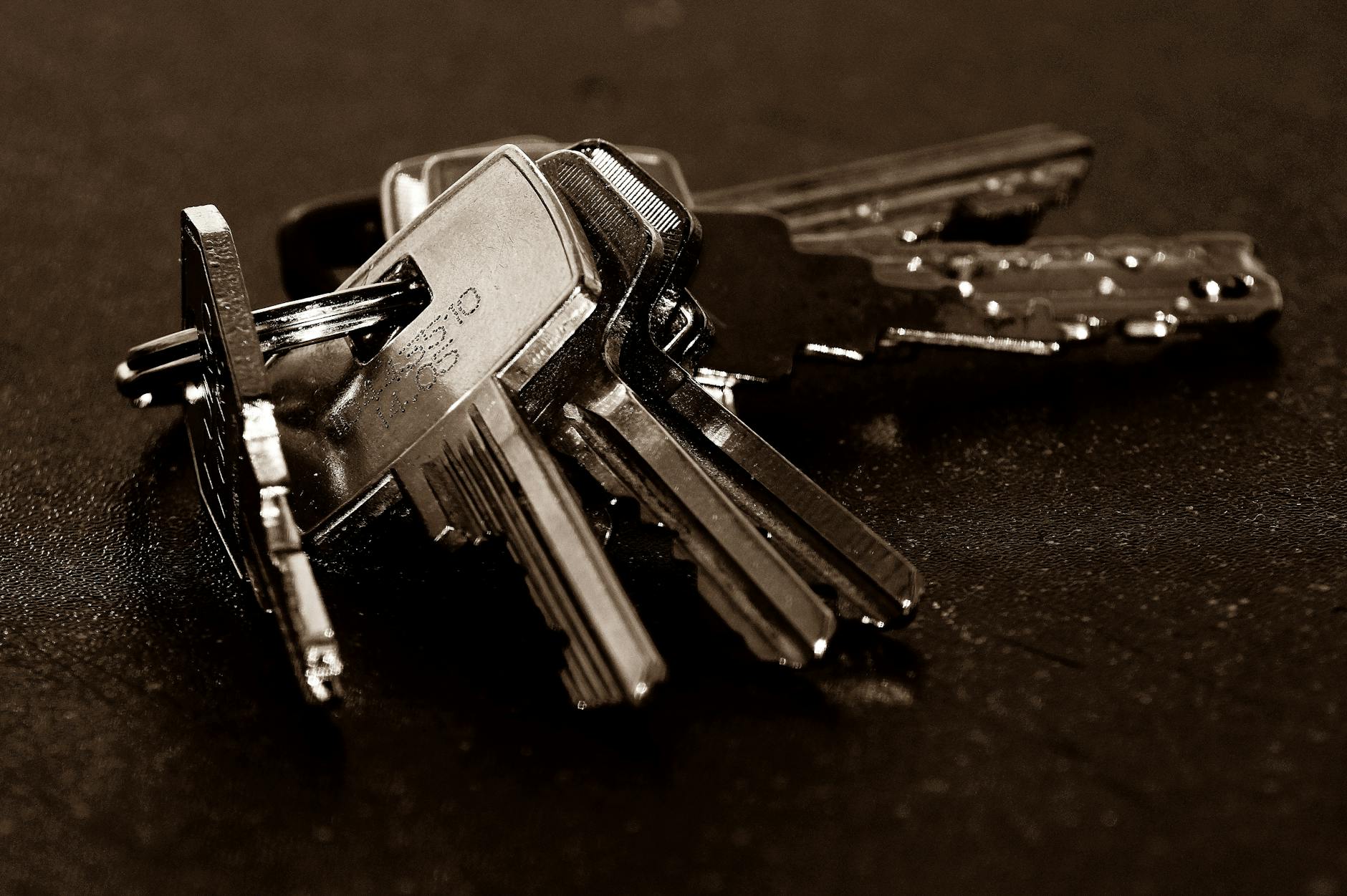Title: Effortless Tips for Setting Up Secure Home Networks for Multiple Users
In today’s digital world, having a secure home network is essential to protect your personal information and devices from cyber threats. With multiple users accessing the same network, it becomes even more crucial to ensure that your home network is secure. This article will provide you with effortless tips on setting up a secure home network for multiple users.
Understanding the Importance of Secure Home Networks
A secure home network is vital for safeguarding the data and privacy of all users connected to it. By setting up a secure network, you can prevent unauthorized access, protect sensitive information, and keep your devices safe from malware and cyber attacks.
Secure Your Wi-Fi Network with a Strong Password
The first step in setting up a secure home network is to secure your Wi-Fi network with a strong password. Avoid using default passwords or easily guessable passwords like “password123.” Instead, create a unique and complex password that includes a combination of letters, numbers, and special characters.
Enable Encryption on Your Router
Another essential tip for enhancing the security of your home network is to enable encryption on your router. WPA2 or WPA3 encryption protocols are recommended as they provide a high level of security for your network. Encryption helps protect the data transmitted between devices and the router, making it more difficult for hackers to intercept and decipher the information.
Set Up Guest Networks for Visitors
If you have guests visiting frequently or occasionally, consider setting up a separate guest network for them. Guest networks provide a secure way for visitors to access the internet without compromising the security of your main network. You can easily set up guest networks on most modern routers and assign a separate password for guests to use.
Update Your Router’s Firmware Regularly
Keeping your router’s firmware up to date is crucial for maintaining a secure home network. Manufacturers release firmware updates to patch security vulnerabilities and improve the overall performance of the router. Make it a habit to check for firmware updates regularly and install them as soon as they are available to ensure your network remains secure.
Implement Parental Controls for Family Safety
If you have children or teenagers using the home network, consider implementing parental controls to manage and monitor their online activities. Parental control features allow you to restrict access to certain websites, set time limits for internet usage, and even block specific devices from connecting to the network. This helps create a safer online environment for everyone in the household.
Use Firewall and Antivirus Software
In addition to securing your home network, it’s essential to install firewall and antivirus software on all devices connected to the network. Firewalls help monitor and control incoming and outgoing network traffic, while antivirus software detects and removes malware, viruses, and other malicious software. By having these security measures in place, you can add an extra layer of protection to your home network.
Conclusion
Setting up a secure home network for multiple users doesn’t have to be a daunting task. By following these effortless tips, you can enhance the security of your network and protect your personal information and devices. Remember to regularly update your security settings, password, and firmware to stay ahead of potential cyber threats. With a secure home network in place, you can enjoy peace of mind knowing that your online activities are safeguarded.



